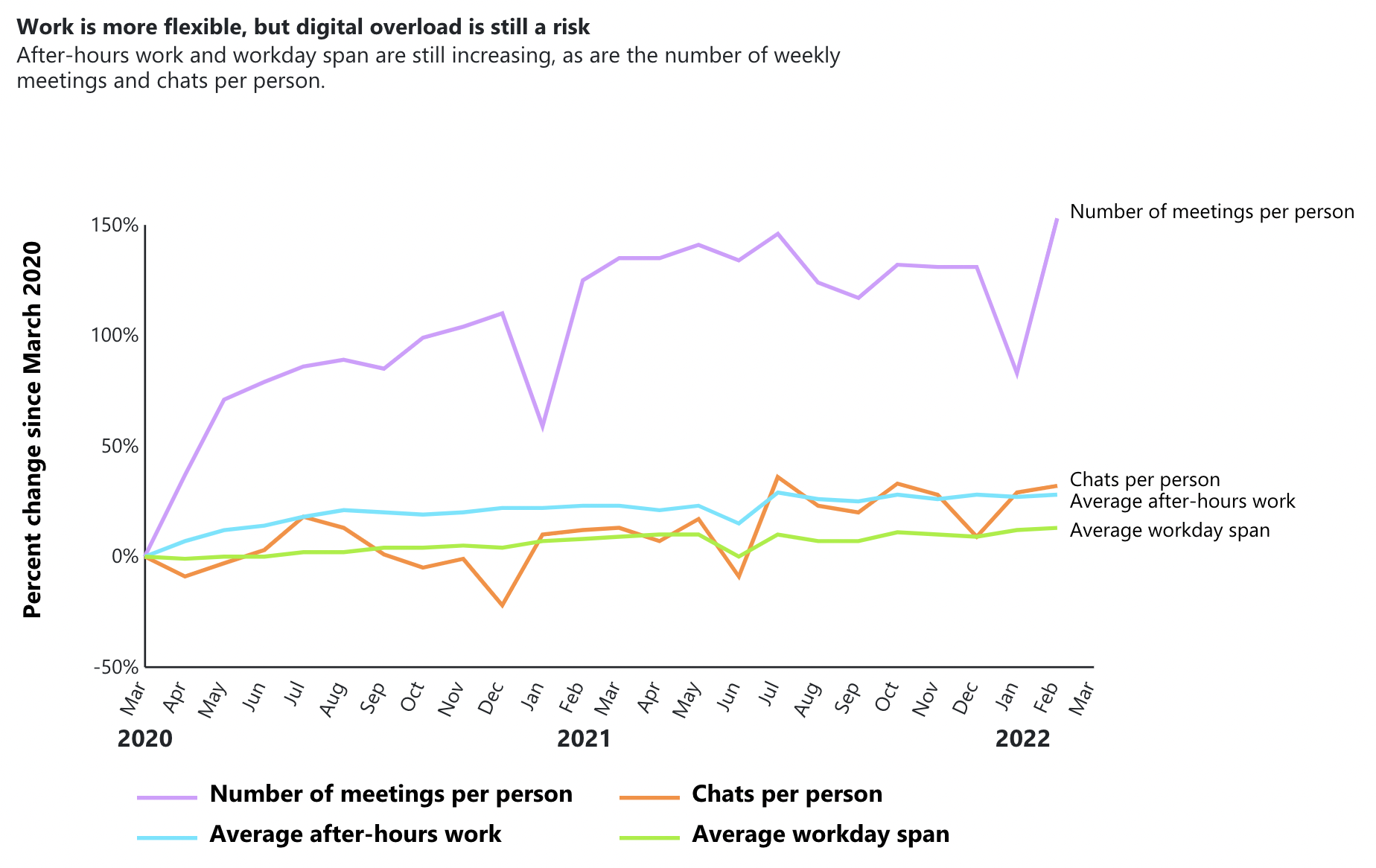Challenges of the Hybrid Work Model: Meetings in the new era of work
Malcolm Gladwell recently said in an interview that remote work isn’t good for people, specifically deriding workers ‘sitting in their pajamas in their bedrooms, which sparked a new debate in the ongoing conversation around these new models of work. From the early days of the pandemic the hybrid and remote work models have been viewed with some concerns and also lauded for what they offered workers.
In defense of the hybrid work model, although it is not flawless, it allows possibilities that otherwise could not be even imagined. We have heard repeatedly how the enormous flexibility of the work model has made child and elder care easier for women particularly because such domestic labours are carried out by women. In addition, there has been a reduction in harassment cases because workers have more control about who they interact with, when, and are just less physically exposed to harassing behaviours.
However, this brave new work model has its own struggles and those must be addressed as workplaces that employ these models evolve.
The struggles of the hybrid workplace
One of such struggles is the significant increase in the number of online meetings that employees have to attend.
Microsoft teams recently conducted research in which they found that since the beginning of the pandemic the number of meetings have increased by 250%!
Analysis of collaboration activity across Microsoft 365 tools the past two years. This visualization is based on aggregated data, without personal or organization-identifying information.
This is a massive and an extraordinary increase and we can confirm that in our work with our clients, many employees speak about the staggering number of meetings. Questions that could have been clarified before by popping over someone’s desk are now being asked over email, on platforms such as Slack, or in an online meeting. Employees have expressed how their attendance to unrelated meetings takes away from their hours of work, and how all these issues lead to multitasking during meetings, interrupted concentrations, and in many cases an unnecessarily longer work day.
The flexibility of work from home has blurred geographical and technological boundaries of home and work. For a successful transition, leaders and managers must open more discussions with workers and employees about how meetings should be conducted in the new hybrid and work-from-home models of work. When an area of life is in flux, such as our new work spaces, there needs to be a process dedicated to trial-and-error: to seek out what works, what doesn't and what can be experimented with.
How to have productive meetings when working from home
Here are some tips from Microsoft researchers on how to deal with the overload of meetings:
Make it a team practice to ask, “Could we cover this in email or chat instead?”
Look for opportunities to divide and conquer meetings with team members
Use the “required” and “optional” lines of meeting invites to help people prioritize their time
Block focus time on your calendar for personal productivity and wellbeing, and protect it
As a team, consider designating certain days or time blocks “meeting-free”


